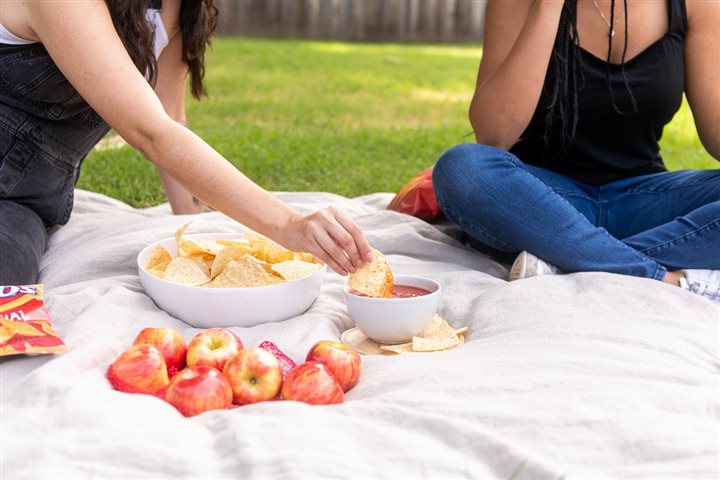2020-07-06T08:01:00
(BPT) – In a time of global crisis — pandemic, economic or political — fraudsters and scammers are willing and ready to prey on communities. These ‘bad guys’ take advantage of people’s vulnerabilities by offering false employment offers, bogus cures and treatments and fake promises of assistance and products.
Today is no different. Scammers and fraudsters are in full force — in less than six months, consumers across the U.S. have made nearly 100,000 related reports to the FTC.
Zelle®, a fast, safe and easy way to send and receive money with people you trust, has dedicated resources to studying scammers’ strategies and protecting consumers from abusive scams and fraud. As the largest bank-owned payment network, Zelle has identified today’s top scams and how consumers can protect themselves:
Practice caution when buying a “quarantine puppy”
Families abiding by stay-at-home orders might think now is the perfect time to adopt a puppy. Unfortunately, that means a rise in scammers who advertise nonexistent puppies for sale online. According to the Better Business Bureau, puppy scams have spiked during the pandemic. Red flags include requests for payment in gift cards or wired funds, too-good-to-be-true pricing and no opportunity to see the pup before you buy.
Beware of charity scams
We all want to give back during this time, but be cautious of scammers who may be trying to take advantage of your generosity. Don’t let anyone rush you into making a donation. Urgency is a clear and consistent scammer strategy. Do your homework first. You can refer to FTC Donate Wisely to help you research charities. You should also reconfirm all email and website addresses since scammers will spoof these to look like actual email addresses or websites.
Be extra vigilant when buying products that are hard to come by
Online sellers might claim they have in-demand products, such as cleaning, household, health and medical supplies. But before you place an order, make sure to do your research or you may never get your shipment. Verify the seller by searching online for the person’s or company’s name, phone number and email address, plus words like “review,” “complaint” or “scam.” If everything checks out, pay by credit card and keep a record of your transaction. If you’re concerned about the pricing of products in your area, contact your state consumer protection officials. For a complete list of state Attorneys General, visit https://www.usa.gov/state-attorney-general.
Keep an eye out for suspicious calls, texts or emails
Scammers may use fake emails, calls or texts to get you to share valuable personal information — like account numbers, Social Security numbers, or your login IDs and passwords. They will use your information to steal your money, your identity or both. Do not respond to these emails. Contact companies directly. Protect your computer by keeping your software up to date and by using security software, your cell phone by setting software to update automatically, your accounts by using multi-factor authentication and your data by backing it up.
Only use P2P (person-to-person) payment platforms with those you trust
The majority of scams revolve around customers sending money to people they don’t personally know for products or services that don’t actually exist. Only transact with people you trust and with reputable marketplaces.
Watch out for scams related to stimulus payments
Don’t respond to emails, texts or social media messages about checks from the government. There is no shortcut to get your stimulus payment from the U.S. Treasury Department faster, so watch out for anyone who claims ‘we can speed that payment up for you for a fee,’ or ‘click here for your payment.’
In the COVID-19 era, we are all more emotionally charged than ever. Don’t let scammers take advantage of the situation to take your information or your money, now or ever. If you do get scammed, inform your financial institution as soon as possible. They can help by putting protocols in place in an effort to stop those scammers from not only hurting you again, but also protecting others in the future.
For more tips and resources on how to pay it safe and protect yourself from scammers, visit https://www.zellepay.com/pay-it-safe.












